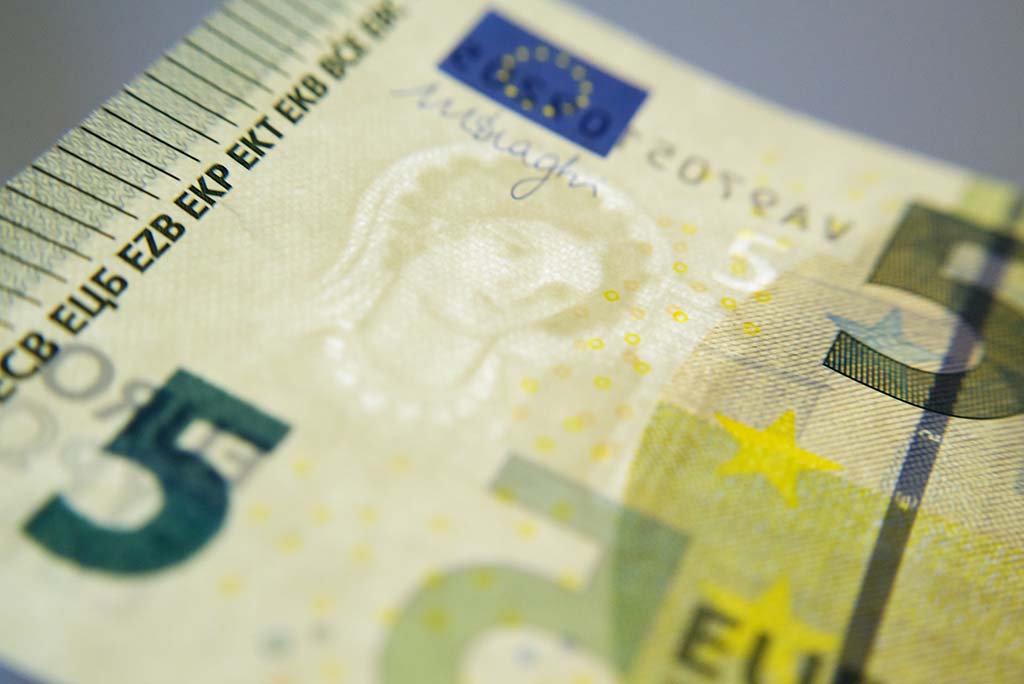Twenty years ago this month Spain was one of the 11 EU countries that started to use the euro when the common currency was first introduced. Joining the euro and being in the vanguard of a European movement, 13 years after Spain entered the European Economic Community (EEC) and ended a long period of isolation from mainstream Europe, was very much a matter of national pride.
Yet has it been worth it? Euro zone membership deprived Spain of its former capacity to set interest rates and devalue its currency. Interest rates are set by the European Central Bank, not by member state central banks, and euro zone countries cannot devalue. The loss of independence in these areas meant that when the Spanish economy entered a long period of recession as of 2008, as part of the meltdown of the North Atlantic financial system and the subsequent Eurozone debt crisis, it could not use some of the most important macroeconomic tools –monetary policy and exchange rates– to restore competitiveness and perhaps emerge from austerity more quickly and less painfully but not necessarily on a sustained basis. The country had to rely on ‘internal devaluation’, cutting production costs, mainly wages, in order to lower unit labour costs and make the economy more international and competitive.
Preparing the country for the euro, which involved a tough wrench, mainly fell to the conservative Popular Party under José María Aznar. When he took office in 1996, Spain met none of the criteria for joining the Economic and Monetary Union (EMU) as of 1999. Inflation, interest rates, the budget deficit and public debt all breached the convergence requirements enshrined in the Maastricht Treaty of 1992 for setting up the euro zone. Many policymakers and pundits thought Spain would never be fit for the purpose.
“The truth is that Spain’s decade-long boom was a false bonanza, as it was mainly propelled by the debt-fuelled property sector”
The Spanish political establishment was determined to prove them wrong. Civil servants agreed to a wage freeze, public spending was reduced, privatisations began on a larger scale than under the Socialists, and various structural measures were taken. By the spring of 1998, Spain had met the conditions: its budget deficit was less than the maximum allowance of 3% of GDP (6.5% in 1995), public debt as a proportion of GDP was on a downward path and inflation was down to 2% from 4.5% in 1995. With it, interest rates fell. The path was also eased by Spain being the largest net recipient of EEC funds.
The macroeconomic stability required for sustained economic growth as a result of meeting the euro criteria ushered in a virtuous circle of high growth, low inflation and job creation. The country’s per capita income increased from 80% of the average of the 15 EU countries in 1996 to 87% in 2004, and thanks to the creation of 1.8 million new jobs the unemployment rate dropped from 23% to 11.5% during this period. The economy was going so well that José Luis Rodríguez Zapatero, the Socialist Prime Minister between 2004 and 2011, adopted a football metaphor and proclaimed in September 2007 that Spain ‘has joined the Champions League’.
“The euro itself cannot be blamed for banks’ reckless and irresponsible lending practices”
The truth is that Spain’s decade-long boom was a false bonanza, as it was mainly propelled by the debt-fuelled property sector (construction’s share of GDP grew from 7.5% of GDP in 2000 to 10.8% in 2006), creating a massive bubble that burst as of 2008. But was that the euro’s fault? While building and consumption in general was spurred by the sharp drop in interest rates after Spain joined the euro –average short- and long-term rates fell from 13.3% and 11.7%, respectively, in 1992, to 3.0% and 2.2% in 1999 and to 2.2% and 3.4% in 2005, encouraging borrowers to go on a spending binge–, the euro itself cannot be blamed for banks’ reckless and irresponsible lending practices, particularly those of the politically-influenced cajas de ahorros (savings banks). The Bank of Spain did not do enough to discourage the orgy of borrowing, but it deserves credit for introducing macroprudential provisions. When several banks, including Bankia, the fourth-largest lender, were on the verge of collapse in 2012, euro membership enabled Spain to avail itself of the zone’s bailout fund, the European Stability Mechanism (ESM), without which the whole financial system might have gone awry.
Nor was the building of ‘ghost’ airports and other white-elephant projects scattered around the country the euro’s fault. Spain wasted more than €81 billion on ‘unnecessary, abandoned, under used or poorly planned infrastructure’ between 1995 and 2016, according to a damning report published by the Association of Spanish Geographers last year. Likewise, the euro is not to blame for Spain’s consistently high unemployment (it reached 24% in 1994, five years before the introduction of the euro, and it has never got below 8% since the euro was adopted). Today, the jobless rate stands at 15%, down from a peak of 27% in 2013.
“Spain suffered far more than Italy during the euro crisis, but it has also reformed more and, as a result, enjoyed a much stronger recovery”
The sharp drop in interest rates and in Spain’s risk premium (the yield spread with the German bond fell from 500bps in 1993 to below 50bps) enabled companies to borrow funds much more cheaply in order to expand abroad. The creation of a bevy of multinationals has been one of the most significant economic developments in Spain over the last 20 years (the stock of outward direct investment rose from US$129 billion in 2000 to US$597 billion in 2017). A stable currency (the peseta was devalued many times) has also been good for attracting inward foreign direct investment (it increased from US$156 billion in 2000 to US$644 billion in 2017) and keep relatively high living standards.
The strong euro did not hinder making Spain’s exports of goods and services more competitive (they rose from 26.4% of GDP in 1999 to around 34% in 2018).
Spain suffered far more than Italy during the euro crisis, but it has also reformed more and, as a result, enjoyed a much stronger recovery. The euro ‘straitjacket’ made Spain reform, to its benefit, while Italy resisted. Unlike Italy, Spain’s economic output has been above its pre-crisis peak since the middle of 2017. Italy’s GDP is still some 5% below its prior peak. There was no shortage of misguided predictions after the Spanish economy crashed that Spain might exit the euro. Whereas the populists in Italy’s government have toyed with leaving the common currency, all of Spain’s main parties support staying in.
Close to two-thirds (62%) of Spaniards believe the euro has been good for Spain, slightly down on a year ago, according to the latest Eurobarometer (see Figure 1). More than 20% of the population was not born when the euro came into force and has not known another currency.Figure 1. Having the euro is a good or a bad thing for your country? (%) (1)
| A good thing | A bad thing | Can’t decide | Don’t know | |
|---|---|---|---|---|
| Euro area | 64 (=) | 33 (=) | 7 (=) | 4 |
| Finland | 75 (73) | 15 (14) | 7 (9) | 3 |
| France | 59 (64) | 29 (25) | 6 (5) | 6 |
| Germany | 70 (76) | 21 (16) | 7 (5) | 2 |
| Netherlands | 69 (68) | 21 (23) | 6 (=) | 4 |
| Portugal | 64 (60) | 24 (26) | 7 (10) | 5 |
| Italy | 57 (45) | 30 (40) | 11 (12) | 2 |
| Spain | 62 (65) | 27 (23) | 6 (=) | 5 |
(1) 2017 figures in brackets.
Source: Eurobarometer, December 2018.
Three-quarters of people in the 19 euro zone countries are in favour of the euro, the highest since 2004. But that does not mean that all is well with the single currency, as even its most fervent advocates acknowledge. Its design flaws include the lack of a banking union (recognised but not fully implemented) and a system for making fiscal policy counter-cyclical. When economies are expanding, they need fiscal discipline and when in recession some freedom to borrow. Another omission is the absence of any means to ensure euro countries adopt structural reforms, which only tends to happen in times of crisis and as a last resort. Governance that is better designed for crisis management is also required.
We will never know with certainty whether Spain would have been better off not joining the euro. What we know is that in real GDP growth terms Spain has performed better than Germany, France and Italy since 1999. Were Spain to leave the single currency today and return to the peseta, the move would have huge repercussions, including skyrocketing interest rates and a currency devaluation.



